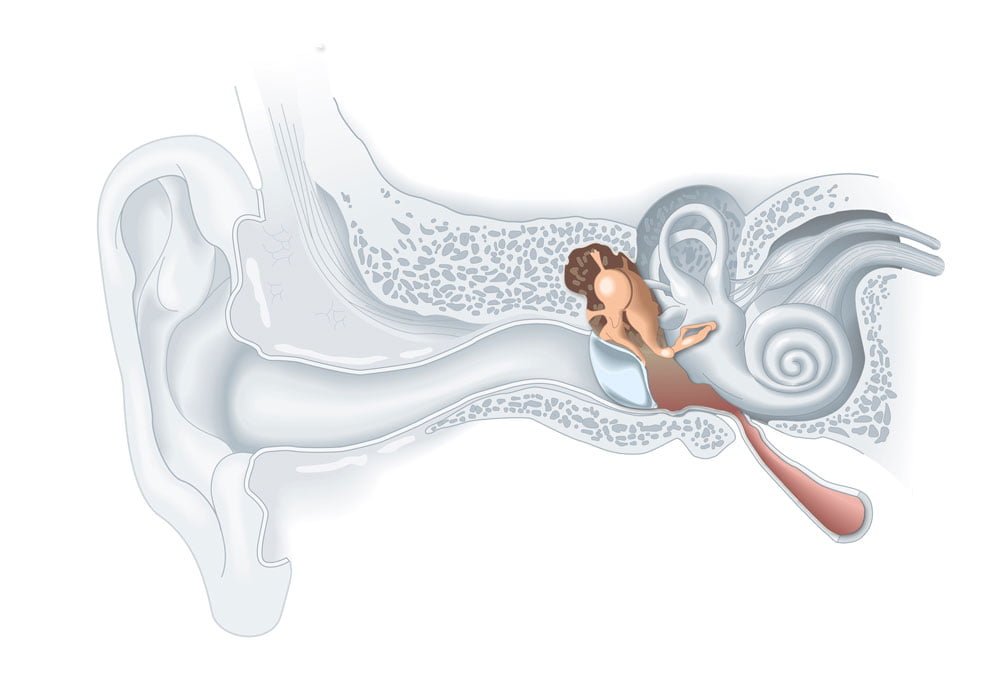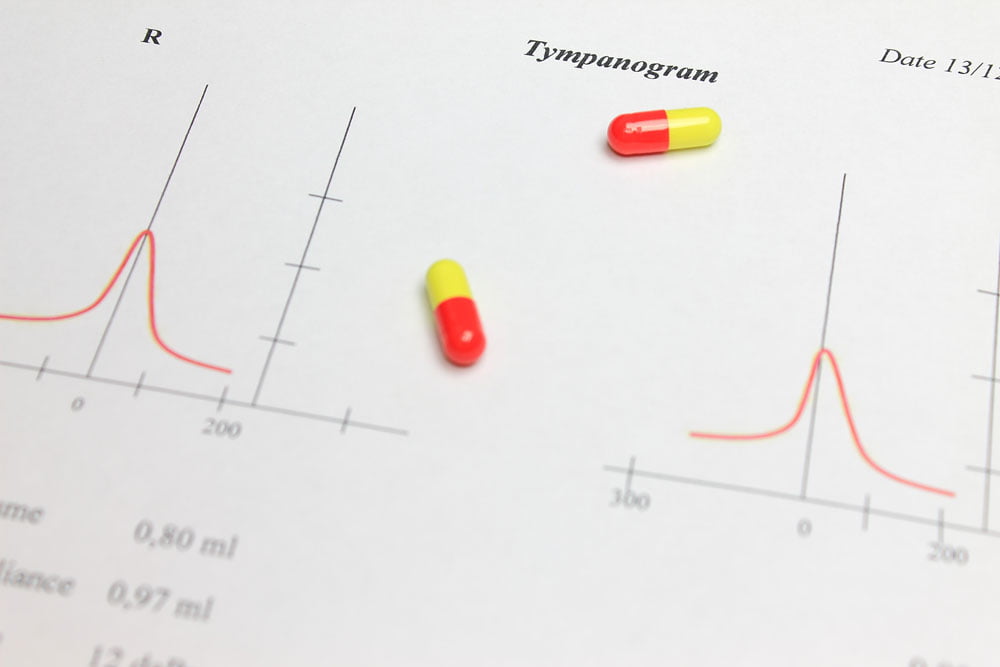
Michelle’s Journey: Specialised Ear Care with Meduc8ion Training
Michelle Evans, a dedicated nurse based in a remote Scottish community, noticed something crucial was missing in local healthcare services: accessible, specialised ear care. Her

Tympanometry is a type of hearing test that is designed to determine whether an individual’s middle ear is functioning properly. The middle ear, also known as the tympanic membrane, is positioned behind the eardrum and the test examines this membrane’s movement as it responds to changes in pressure. The results are then recorded in a graph called a tympanogram.
Tympanometry is often performed on children in order to diagnose ear issues that can lead to hearing loss. It allows the medical professional to establish whether there is an infection or fluid present in the middle ear. Potential perforation of the tympanic membrane can also be diagnosed via this test, as well as any issues with the Eustachian tube which connects the upper throat and nose to the middle ear. Adults, too, routinely undergo this test as a means to establish whether there are any problems with the tympanic membrane.

To perform the test, the audiologist will first conduct an ear examination using an otoscope. This is done in order to check whether the ear system is clean and unperforated and if there is earwax inside or any foreign objects. After that, the professional will insert a tympanometer into each ear canal. The device will then push air into your ear, changing the pressure inside of it and the audiologist performing the test will see the tympanogram appear, indicating whether your eardrum moves in the correct way. It should be noted that the device might create loud tones upon taking the measurements and you will not be able to move, swallow, or speak during the test as these might lead to inaccurate results. The test is completely safe for people of all ages and only lasts about two minutes for both ears.
A normal result is usually indicated by a ‘mountain-shaped’ line on the tympanogram around the 0 daPa (decapascals- measurement of aid pressure). This means that there isn’t any fluid present in the middle ear and the eardrums move normally upon stimulation. A result that is abnormal, on the other hand, may be indicated by a line which extends beyond of before the 0 daPa mark, or a flat line, indicating an irresponsive eardrum. This may be due to perforation or fluid. An abnormal result might also be indication of scarring of the eardrum, growths inside of the middle ear, earwax blocking the eardrum and others.

Usually, tympanometry is not a service that you would see offered in private clinics. This may be because knowledge of the middle ear function is not necessarily required to be able to test a person’s hearing and fit their hearing aid.
However, tympanometry can be an extremely valuable part of audiometric evaluation. The insights that a tympanogram offers into the hearing health of your patients can help you to be more precise and thorough with the advice you provide them with as an audiologist. The test could also come up with important information that can be sent to the patient’s GP in case a referral is needed. Alternatively, if the test shows a normal result, this can give the patient peace of mind, ensuring them that their middle ear is functioning properly. In each case, tympanometry is a brilliant way to ensure you are able to provide a more comprehensive hearing care: something that your patients will undoubtedly acknowledge and appreciate.

Are you looking to expand your audiologist skills by learning about a procedure which can majorly benefit both your practice and your patients? If the answer is yes, wait no longer and register your interest here!

Michelle Evans, a dedicated nurse based in a remote Scottish community, noticed something crucial was missing in local healthcare services: accessible, specialised ear care. Her

Meduc8ion is thrilled to announce the launch of our latest offering: a comprehensive Water Irrigation Course, aiming to enhance the skills and knowledge of those



